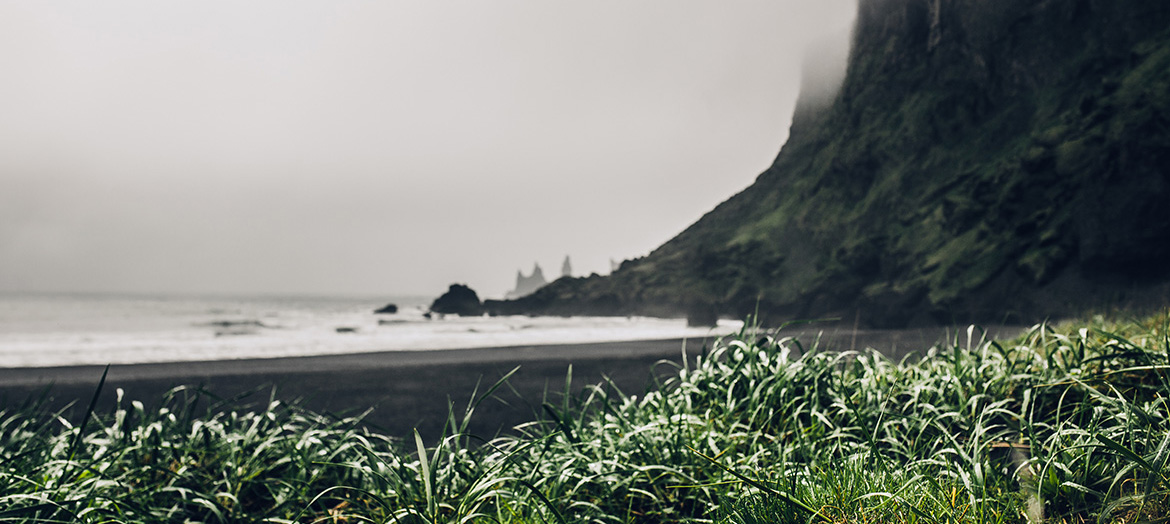Ivendarean Yak
Beast of burden, riding animal, supplier of wool, trusted companion, the Ivendarean Yak is all these things combined. Roaming free in and around the Skyreach Mountains' wilderness this large, cow-like creature can also be found domesticated in cities and towns across the country.
Basic Information
Anatomy
Ivendarean Yaks are large, cloven hoofed animals, characterized by their long, slightly curly fur and long curved horns. Featuring a large head with a gentle face and a long, furry tail, their thick wool almost has them appear as if they were constantly covered with a blanket.
Their horns range from black to greyish beige colours, sometimes marbled or striped patters running along their length. Their fur colours range from warm black-browns across burgundy, auburn, to silver and golden tones, the latter being the most rare. Spotted patterns occur as well, and are favored among certain breeders along the western Skyreach mountains, therefore often seen in Saratheas.
Biological Traits
Female and Male Ivendarean Yaks are at first glance indistinguishable from each other in appearance, particularly to laymen. Both have a similar height and weight, both grow horns similar in size and shape. Due to the small size and low weight of calves a pregnancy is also barely visible underneath the mother's thick coat of wool.
Ecology and Habitats
In the wilderness the Ivendarean Yak is adapted to colder climates and harsh, rocky environments, a reason why they naturally almost exclusively occur in the Skyreach Mountains, particularly the northern mountain ranges. Regardless, due to their gentle character and physical strength they have spread across all of Ivendarea by now, only on Maan Garth the domestic Giant Goats are still the more commonly seen animal pulling carts or carrying wares and riders.
In the southern, more warm and humid regions of Ivendarea they are a much rarer sight as well, as their long, thick fur makes a species-appropriate keeping much more difficult. The fur needs to be kept as short as possible all year round.
Dietary Needs and Habits
Ivendarean Yaks are herbivores able to survive even harsh winters in regions with sparse vegetation. They eat almost all plants that come into their path, grasses and herbs as much as the low-hanging branches of trees. In times of little available food they are able to survive several days without food and water, drawing on the reserves they build up during the summer months.
Additional Information
Social Structure
These animals live and travel in herds of usually 20-30 individuals. A tight bond can often be witnessed between certain subgroups in these herds that almost resemble family-like structures, where usually one or two bulls stay with the same group of females throughout their lives. While fights between bulls over dominance do occur from time to time, they are rare, particularly in domesticated herds.
Domestication
Ivendarean Yaks have been living with the Nyr for millennia as domesticated animals, the Sylai being one of the first to capture wild animals and taming them as beasts of burden. Prior to their domestication, already before but also after the founding of Ivendarea wild yaks have also been hunted for their meat, which is a seldom occurrence today.
Nowadays the capture and taming of wild yaks has also become a rarity, since there is an abundance of breeders and farmers who sell their animals. Wild specimen are usually only captured if they show particularly desirable fur patterns or other physical traits a breeder would like to see incorporated in their own herd, but as mentioned, a lot of different sub-types and lines exist in an domesticated environment that make the capturing of wild animals basically unnecessary.
Uses, Products & Exploitation
In ancient times the Ivendarean Yak was used as a food-source for its meat, hunted for wool and leather. Once the first specimens had been domesticated these initial purposes remained the same, on top the animals' milk was now also an optional food source. Ever since they have also been used as beasts of burden, and their gentle nature and calm character even makes them popular as pets, despite their huge dimensions.
Today, with many Nyr being devout followers of the Malethas’a Garvil aferval, a religious teaching of Aman that prohibits the killing of animals for purposes of consumption, the Ivendarean Yak's original "purpose" as a source of meat and leather has become almost completely obsolete.
Lifespan
50-60 years
Average Height
1.8 - 2.3 metres at the shoulder
Average Weight
500-750 kg
Average Length
2.9 - 3.5 metres
Remove these ads. Join the Worldbuilders Guild





Comments